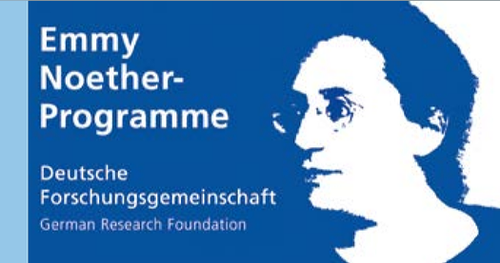William R. Macauley
Crafting Space: Design and Aesthetics of Space Exploration in Post-War Europe
During the post-war period, claims regarding the feasibility and value of human space exploration were articulated in a wide range of communication media. Prior to the launch of Sputnik in 1957, knowledge claims about human spaceflight and exploration of outer space in the near future were widely circulated in public exhibition sites such as museums and cinemas and permeated into the private sphere of the home and imagination. This research project focuses on ways in which scientists and other professional groups communicated knowledge about outer space and space exploration in the post-war period, from the late 1940s to the early 1960s. The temporal boundaries of this analytical time frame correspond with the emergence of international groups advocating human spaceflight and the proliferation of televisual images in mainstream culture designed to communicate notions of space exploration and life on other worlds to mass audiences. The research pays particular attention to the production of ‘realistic’ images of space exploration in Western-Europe during the 1950s, before representations of future space travel were calibrated against proven and highly visible space technologies. Three cultural events that took place in London in 1951 – the Festival of Britain, the International Astronautical Congress, and the International Science Fiction Convention – are used as initial entry points to trace and critically examine how space exploration was envisaged by scientists, designers and non-expert groups.
In what sense was the reality of spaceflight mediated through visual representation? What is the relationship between scientific representations of space exploration and the aesthetics of post-war modernism? Scientific images and other visual displays of space exploration were produced and circulated by actors not only as rhetorical tools for substantiating the claim that space exploration is both achievable and inevitable, but also as a means of encountering the unknown and coming to terms with the limits of human knowledge. The history of material and discursive practices used to create purportedly realistic images of space and spaceflight reveals a complex interplay between the notion of human progress through technological advancement (technological utopianism) and collective attempts to delineate spatial, temporal and cultural boundaries. Visual representations of outer space and space exploration are central to understanding how humans conceived of themselves, the ‘other’ and a plurality of inhabited worlds in the post-war period.



